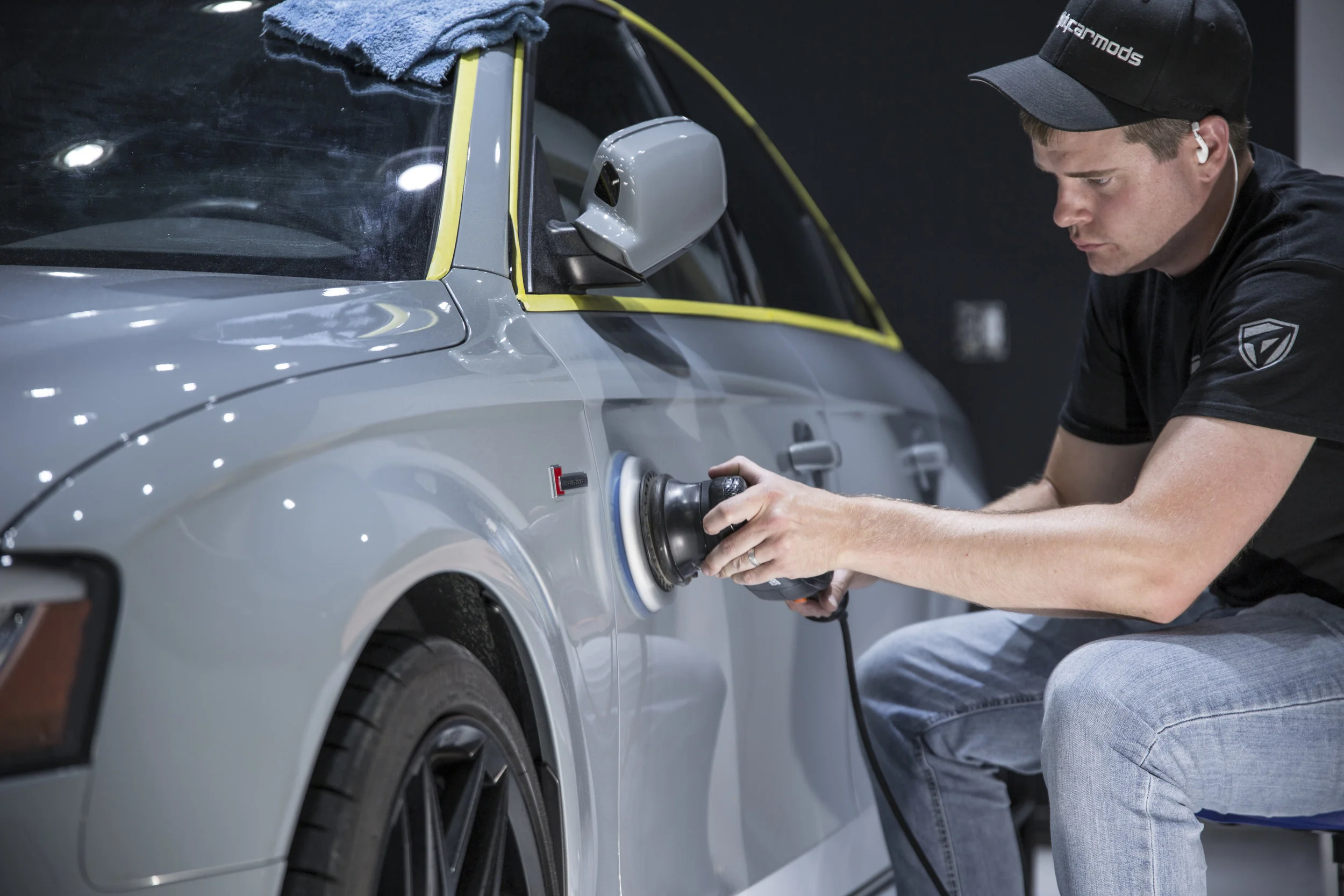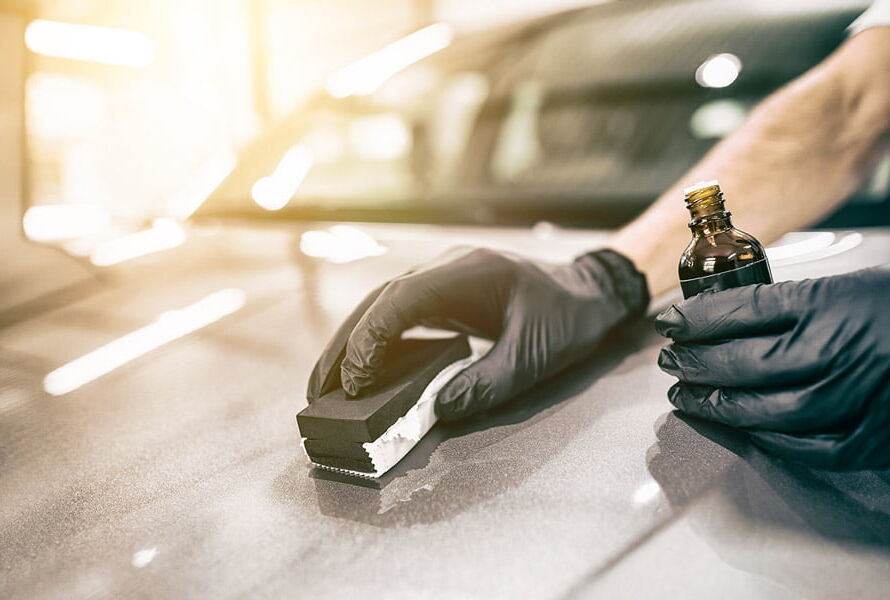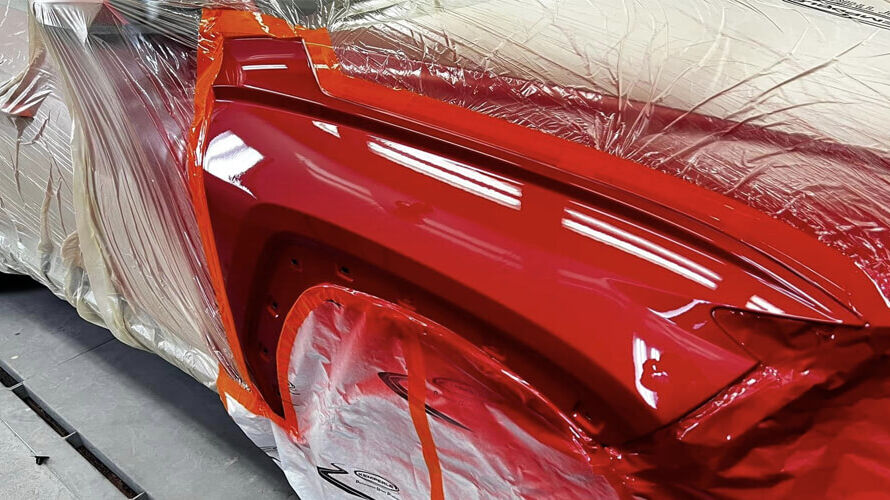How to Tell If Your Car Needs Paint Correction
Paint is one of the first things people notice about a vehicle. A glossy, swirl-free finish can make even an older car look stunning, while dull, scratched paint immediately makes it look neglected. But how do you know if your car actually needs paint correction?
Many drivers mistake scratches and swirl marks for normal “wear and tear,” but these defects are often correctable. In fact, detailing industry studies show that over 80% of used cars have visible paint defects that can be improved with correction. The key is spotting the signs early.
Common Signs Your Car Needs Paint Correction
1. Swirl Marks in the Sunlight
Swirl marks are light, spider-web patterns that appear under direct sunlight or bright lights. They’re usually caused by improper washing techniques, such as automatic car washes or dirty sponges.
2. Fine Scratches and Scuffs
If you run your hand across the paint and feel unevenness—or see fine scratches that don’t catch your fingernail—paint correction can usually remove them.
3. Oxidation or Faded Paint
Over time, UV rays cause the clear coat to break down, leaving paint dull or cloudy. Correction restores clarity and depth.
4. Water Spots and Etching
Hard water minerals and acid rain can leave behind stubborn water spots that simple washing won’t remove. Paint correction safely eliminates these etched marks.
5. Loss of Gloss and Depth
If your car doesn’t “pop” like it used to—even after waxing—it may be time for correction to restore true reflection and color depth.
Why Paint Correction Matters
Ignoring paint defects isn’t just cosmetic—it can hurt resale value. According to Kelley Blue Book, vehicles in “excellent exterior condition” can fetch 10% higher trade-in values than those with neglected paint. Correction also provides a perfect surface for protective coatings like ceramic layers or paint protection film (PPF), which require a flawless base.
For enthusiasts, paint correction isn’t just maintenance—it’s passion. The difference between dull paint and a corrected finish is dramatic, and once you’ve seen it, it’s hard to go back.
Final Thoughts
Knowing when your car needs paint correction is the first step to restoring its beauty and value. From swirl marks to oxidation, these signs indicate your paint isn’t at its best. Correction removes years of damage, leaving a flawless, mirror-like finish that’s built to last.
If your paint looks cloudy, scratched, or dull, it’s time to invest in correction—the difference is night and day.
Frequently Asked Questions (FAQ)
What are swirl marks?
Swirl marks are fine scratches in the clear coat that create a spider-web pattern, usually from improper washing. Paint correction can permanently remove them.
How do I know if a scratch is removable?
If the scratch doesn’t catch your fingernail when lightly run across it, it’s likely in the clear coat and can be corrected.
Can paint correction fix oxidation?
Yes. Correction removes the dull, oxidized layer of clear coat and restores clarity and shine.
Do water spots require correction?
Yes. Water spots that etch into the clear coat won’t wash off but can be removed with correction.
Why does my car still look dull after waxing?
Wax only adds temporary shine. If the clear coat is scratched or oxidized, paint correction is needed for true gloss.
How often should paint correction be done?
Most cars only need correction once every few years if maintained properly with safe washing methods and protection.
Does paint correction make my car look new again?
Yes. By removing imperfections, correction restores the factory-like finish and often makes cars look better than new.
Can all scratches be fixed with paint correction?
No. Deep scratches that cut through the clear coat into the base paint require touch-up or repainting.
What’s the difference between paint correction and polishing?
Polishing enhances gloss but doesn’t always remove defects. Correction removes defects permanently by leveling the clear coat.
Is paint correction worth it?
Yes. It improves appearance, increases resale value, and prepares your car for long-term protection like ceramic coating.




